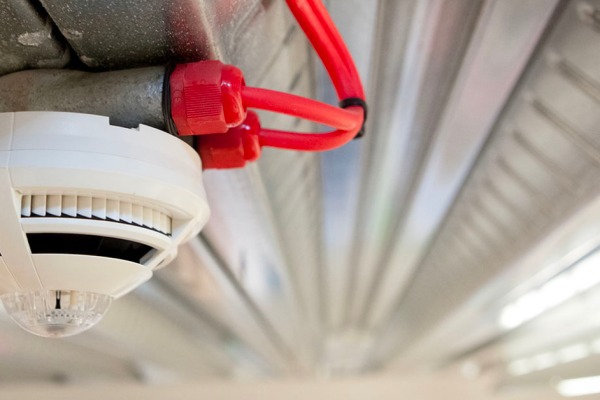What Are Fire Alarms?
Fire alarms are devices that are designed to detect smoke, heat, or flames and sound an alarm to alert people to the presence of a fire. They can be stand-alone units or integrated into a larger fire protection system. Fire alarms are a crucial part of any fire protection plan, as they provide early warning of a potential fire, allowing people to evacuate and first responders to quickly respond.




